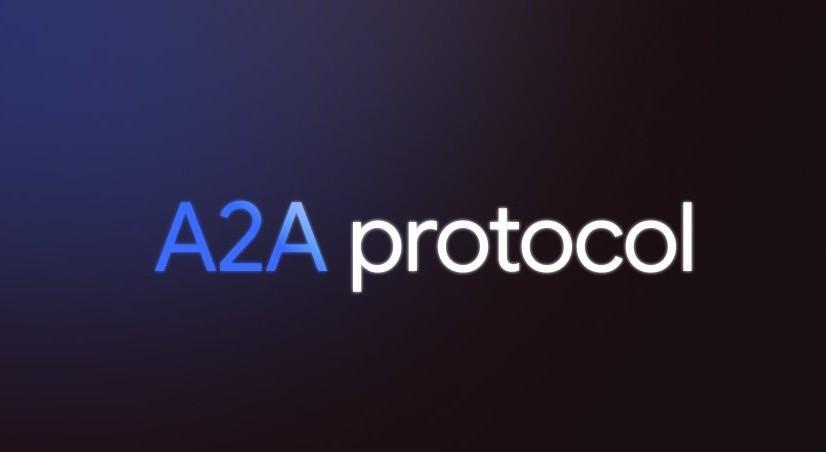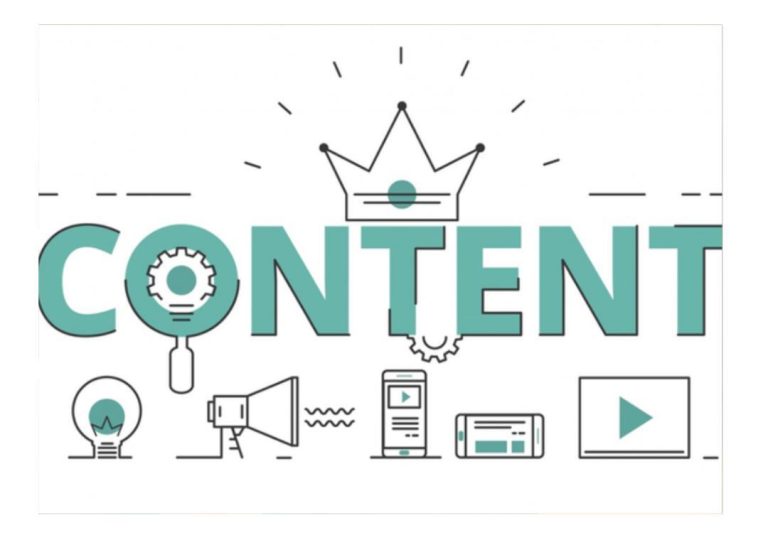
Google Launches A2A Protocol to Enhance AI Agent Synergy
In a significant breakthrough, Google has launched Agent2Agent (A2A), an open-source protocol that enables AI agents from various systems to work together seamlessly. This innovative protocol allows AI agents to communicate with each other, securely exchange information, and coordinate actions over various enterprise platforms or applications. With A2A, developers can build agents that can connect with any other agent built using this protocol, paving the way for a new era of agent interoperability.
The launch of A2A is a significant step forward in the development of artificial intelligence (AI) as it addresses a major challenge faced by developers and organizations working with multiple AI systems. Currently, AI agents are often siloed, meaning they operate independently and are unable to communicate with each other. This limitation hinders the potential of AI to deliver more value to businesses and organizations by preventing agents from sharing knowledge, expertise, and resources.
A2A Protocol: How it Works
The A2A protocol is designed to enable AI agents to communicate with each other in a standardized way, regardless of their underlying architecture or platform. This is achieved through a set of open-source APIs and tools that allow developers to build agents that can seamlessly interact with each other.
When an AI agent is built using the A2A protocol, it can automatically establish connections with other agents built using the same protocol. This enables the agents to exchange information, coordinate actions, and even learn from each other.
The A2A protocol uses a peer-to-peer architecture, which means that agents can connect directly with each other without the need for a central hub or broker. This architecture allows agents to operate independently and make decisions based on their own analysis and insights.
Benefits of A2A Protocol
The A2A protocol offers several benefits to developers and organizations working with AI agents. Some of the key benefits include:
- Interoperability: A2A enables AI agents to communicate with each other seamlessly, regardless of their underlying architecture or platform.
- Scalability: The A2A protocol allows agents to operate at scale, enabling them to process large volumes of data and make decisions quickly and accurately.
- Flexibility: A2A agents can be built using a variety of programming languages and frameworks, making it easy to integrate them with existing systems and applications.
- Security: The A2A protocol uses advanced encryption and authentication techniques to ensure that agents can communicate securely and safely.
Use Cases for A2A Protocol
The A2A protocol has a wide range of potential use cases across various industries. Some of the key use cases include:
- Customer Service: A2A agents can be used to provide personalized customer service, allowing customers to interact with multiple agents and receive seamless support.
- Supply Chain Management: A2A agents can be used to optimize supply chain operations, enabling agents to communicate with each other and coordinate actions to reduce costs and improve efficiency.
- Healthcare: A2A agents can be used to provide personalized healthcare services, allowing agents to communicate with each other and coordinate actions to improve patient care.
- Financial Services: A2A agents can be used to provide personalized financial services, enabling agents to communicate with each other and coordinate actions to improve risk management and compliance.
Conclusion
The launch of the A2A protocol by Google is a significant step forward in the development of AI agents. This protocol enables AI agents to communicate with each other seamlessly, securely exchange information, and coordinate actions over various enterprise platforms or applications. With A2A, developers can build agents that can connect with any other agent built using this protocol, paving the way for a new era of agent interoperability.
As the use of AI agents becomes more widespread, the need for interoperability and standardization becomes increasingly important. The A2A protocol addresses this need by providing a standardized way for AI agents to communicate with each other, enabling them to work together seamlessly and deliver more value to businesses and organizations.
News Source: https://developers.googleblog.com/en/a2a-a-new-era-of-agent-interoperability/






